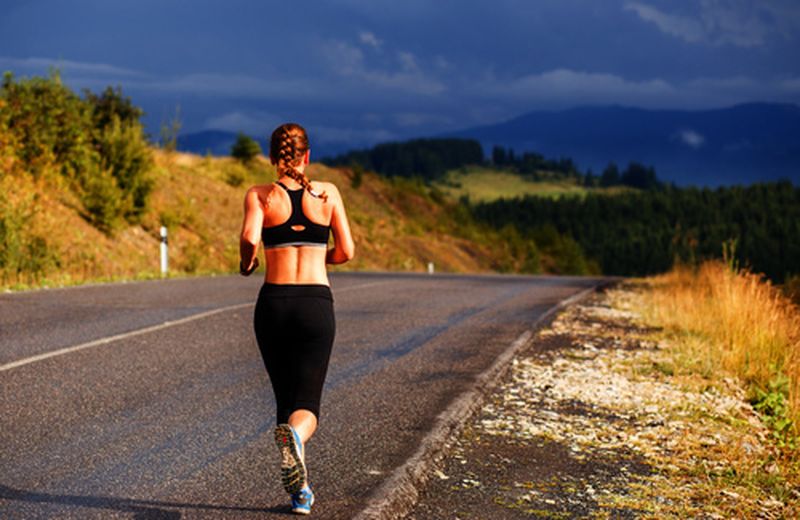Physical consciousness
Walking, running, swimming, climbing and all the other physical activities that the human being carries out from the earliest times of his existence, if done by listening, increase physical awareness.

We would be inclined to think that consciousness is equivalent to the awareness that an individual has of himself, of the world around him and of how these two entities relate. Yet this term, over time, has developed into different currents of thought taking on different facets: physical consciousness, mental consciousness, spiritual consciousness, collective consciousness and finally global consciousness .
We can therefore see consciousness as a natural phenomenon inherent in every living form, aimed at advancing the whole of existence.
How can our structure fuel physical awareness? And why is a greater conscience useful for us ?
Nowadays there are countless physical activities that humans practice for fun, competition, passion or other, but not all of these activities benefit the body if a physical conscience is not developed.
Some of these bring our physical performance to the maximum , sometimes exceeding our own abilities, causing us injuries, tensions and imbalances of various kinds.
Walking, running, swimming, climbing and all the other physical activities that the human being carries out from the earliest times of his existence, if done by listening, increase physical awareness .
Read also Physical activity and rejuvenation >>
Movement, how would the different activities be practiced and why?
The first and most important condition to be respected is the abandonment of any form of competition with others and with ourselves.
Perform each movement listening to your body, respecting the limit of your strength, following the rhythm of your thoughts and feelings. Let the movement flow naturally , smoothly, silently and as elegantly as possible.
In this way, a simple run, for example, will become an inner dance where everything moves harmoniously.
The ideal we must pursue is to become lighter and lighter , cushioning every movement to make it soft and pleasant.
The breath must be deeper and more relaxed at the same time, it must flow in tune with everything else (movements, thoughts, sensations) without any kind of effort.
By performing any activity with these attentions, the body slowly warms up, until it feels every joint fluid and every part of it cohesive.
The activity, carried out “at one’s own pace” and accompanied by questions such as: “In which part of the body do I feel heavier?” “Which zone feel stiffer?” “Where do I feel pain?” “Where do I feel strongest and where weakest?” it can make a real mapping of the physical structure in our mind .
This allows us to identify imbalances, tensions and injuries , giving us the possibility to direct in these areas greater lightness, dynamism, softness or what those areas need for a structural improvement.
Every single movement must let go of tension to acquire fluidity within every part of our body.
It is about carrying out a physical activity aimed at awareness, therefore at healing . An active meditation practicable by any person in any environment, simple, undemanding and highly therapeutic.
























+ There are no comments
Add yours